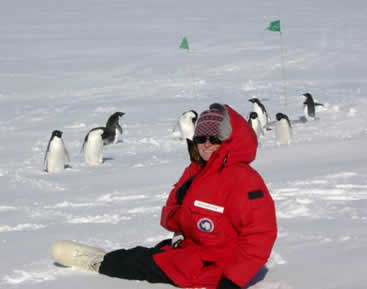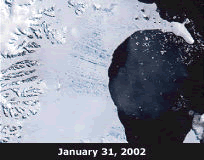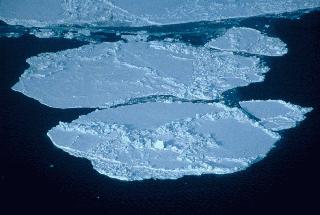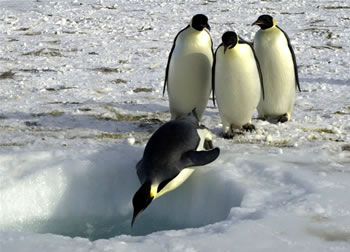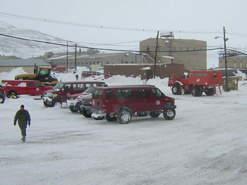
What's it Like in Antarctica?
 |
From December 2006 and January 2007, the Penguin Science research team, lead by Dr. David Ainley, was in Antarctica researching how Adelie Penguins are coping with climate change, as well as making a documentary film about the research. Educator Jean Pennycook sent virtual postcards to Windows to the Universe describing her experience with the science and Antarctica. Take a look below for her first-hand reports of what it is like to be with the Adelie Penguins in Antarctica during this season when the chicks hatch and grow. |
 | Where Are the Penguin Colonies? from Jean Pennycook, November 29, 2006 |
 | Time to Raise the Chicks from Jean Pennycook, December 3, 2006 |
 | View from our Home from Jean Pennycook, December 9, 2006 |
 | Ice and Fire from Jean Pennycook, December 10, 2006 |
 | Proud Parents from Jean Pennycook, December 12, 2006 |
 | A Family of Penguins from Jean Pennycook, December 18, 2006 |
 | How Do We Study the Penguins? from Jean Pennycook, December 19, 2006 |
 | One Week After the First Chick Hatched from Jean Pennycook, December 20, 2006 |
 | Skua Attack from Jean Pennycook, December 22, 2006 |
 | Two Weeks Old from Jean Pennycook, December 24, 2006 |
 | Discovering What Penguins Eat from Jean Pennycook, December 26, 2006 |
 | The Penguins Are Three Weeks Old from Jean Pennycook, December 29, 2006 |
 | Sea Ice Is Breaking Up from Jean Pennycook, December 31, 2006 |
 | Open Water at Last from Jean Pennycook, January 5, 2007 |
 | The Crèche is On from Jean Pennycook, January 7, 2007 |
 | Fluffly is Cute, But it Doesn't Work in the Wind from Jean Pennycook, January 9, 2007 |
 | The Penguin Chicks Are Four Weeks Old from Jean Pennycook, January 10, 2007 |
 | Faster than Walking from Jean Pennycook, January 12, 2007 |
 | Sea of Chicks from Jean Pennycook, January 14, 2007 |
 | Antarctic Peninsula from Jean Pennycook, January 16, 2007 |
 | A Lost Nest from Jean Pennycook, January 18, 2007 |
 | ...Only a Mother Can Love from Jean Pennycook, January 19, 2007 |
 | Chicks Weigh In from Jean Pennycook, January 23, 2007 |
 | Banding of the Chicks from Jean Pennycook, January 28, 2007 |
 | Glacier Retreat on Beaufort Island from Jean Pennycook, January 30, 2007 |
 | Testing the Water from Jean Pennycook, February 6, 2007 |
 | Goodbye from Antarctica from Jean Pennycook, February 8, 2007 |
Last modified June 18, 2007 by Lisa Gardiner.







